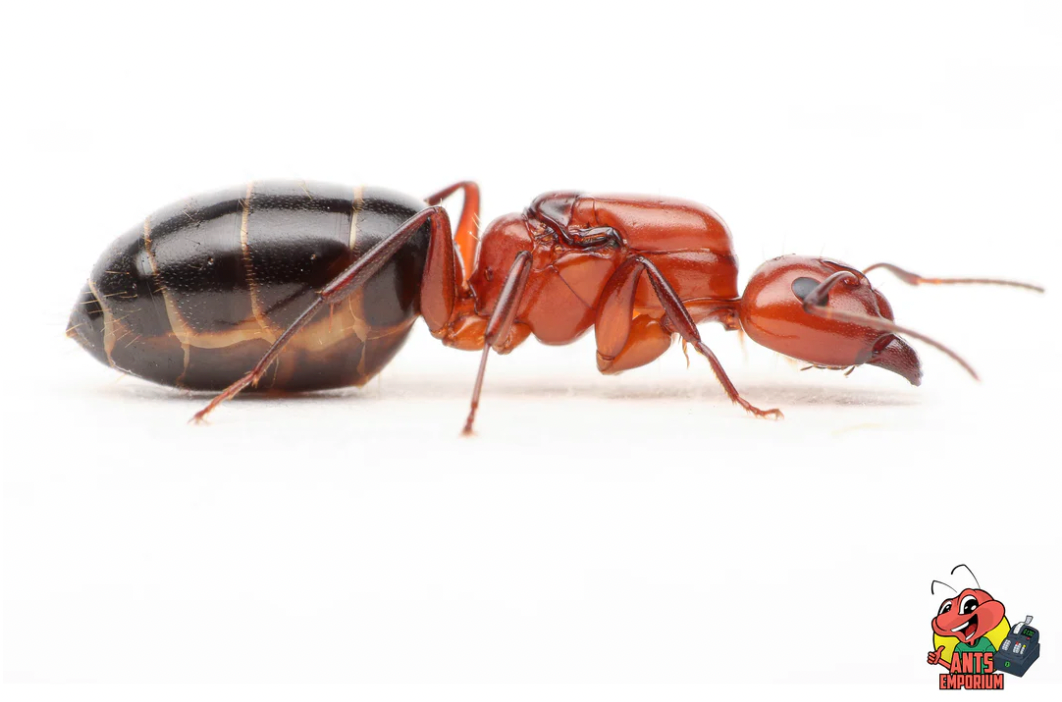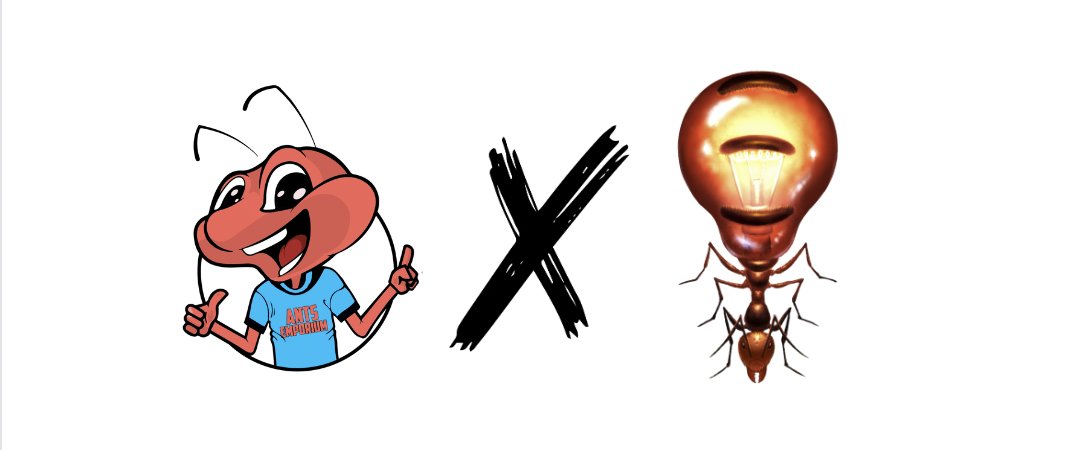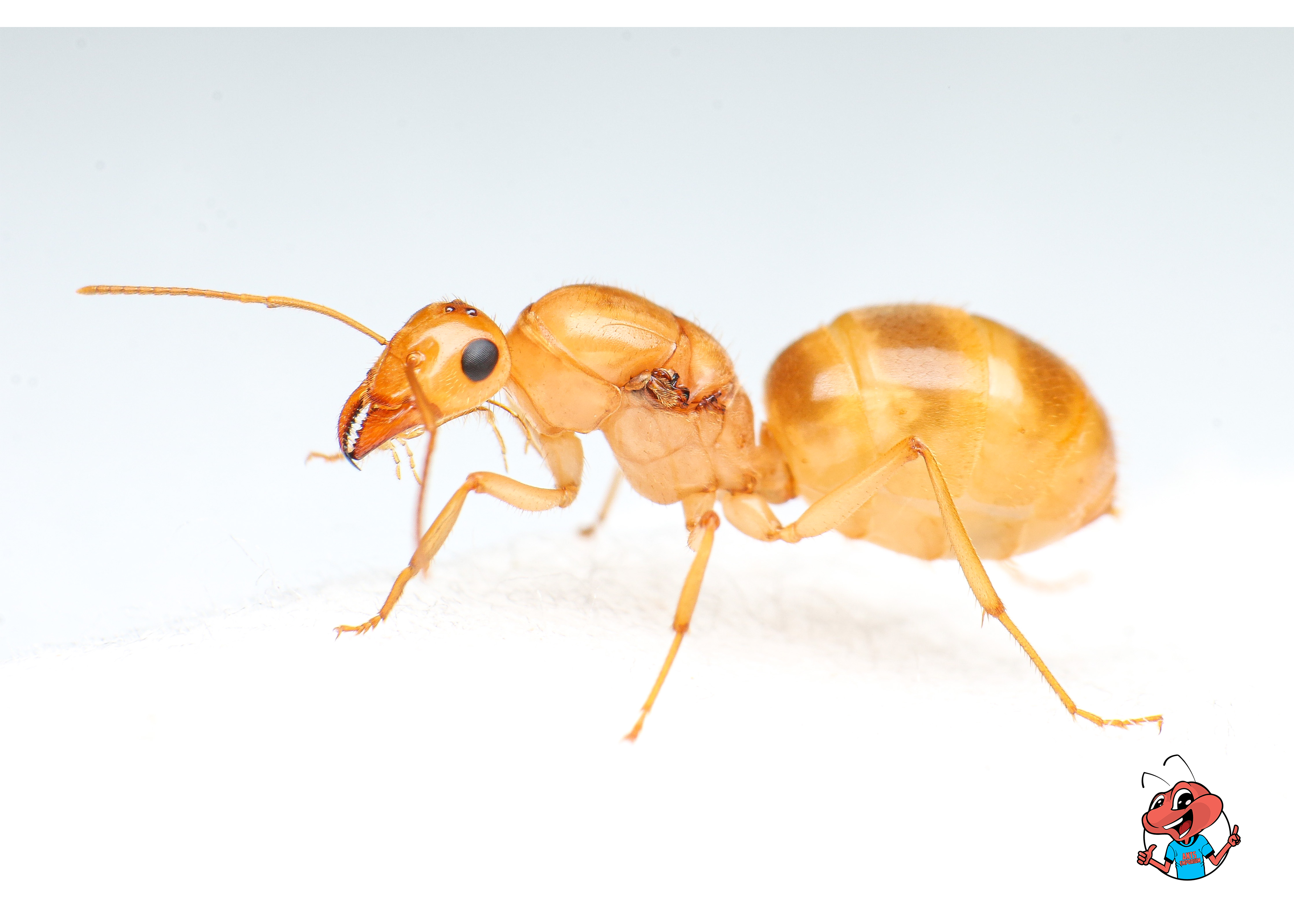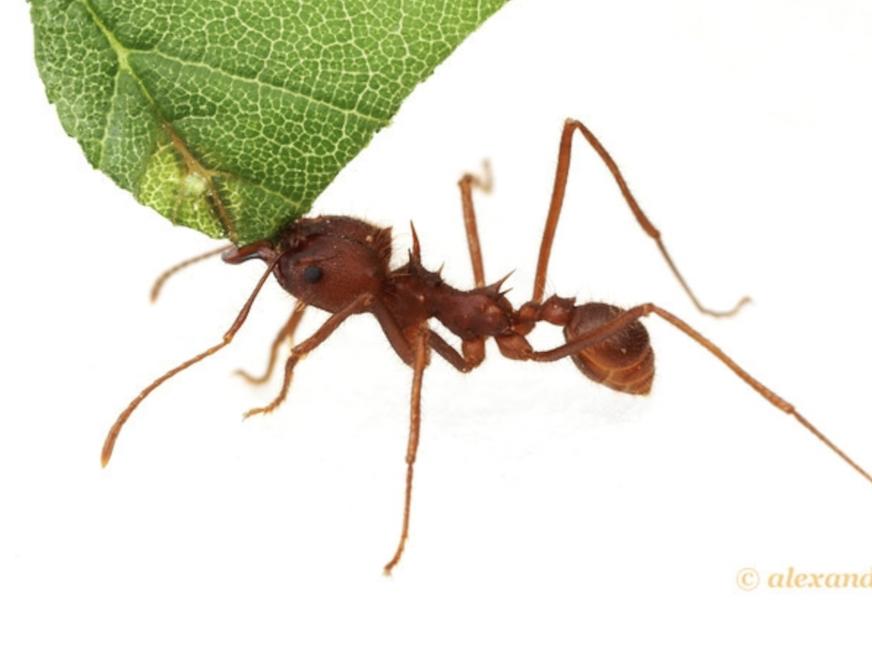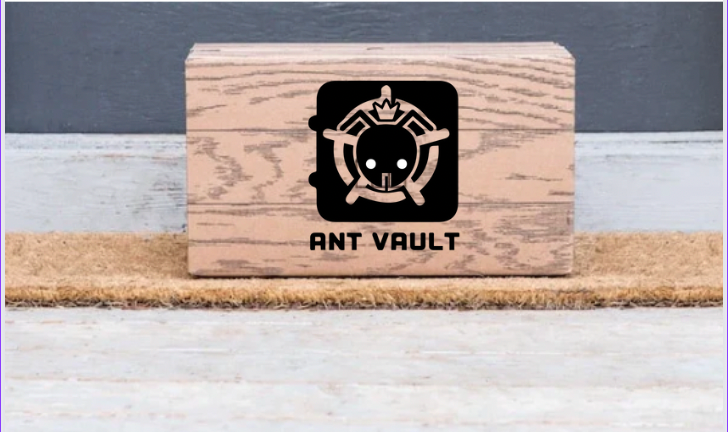Camponotus fragilis care guide: Desert Carpenter Ants
Camponotus fragilis, also known as the desert carpenter ant, is a common ant species found in arid regions of the United States. Here is a detailed care guide for beginners to take care of Camponotus fragilis ants.
-
Housing: Camponotus fragilis ants require a secure enclosure to live in. A test tube or a small plastic container can be used as a temporary housing until the colony is large enough to move to a more spacious enclosure. The enclosure should be made of plastic or glass and have a lid that securely fastens to prevent escape. The enclosure should be kept at room temperature, between 70-80°F.
-
Substrate: Camponotus fragilis ants require a substrate that retains moisture but also allows for good ventilation. A mixture of coconut coir, sphagnum moss, and vermiculite works well as a substrate. The substrate should be moist but not wet.
-
Nest: Camponotus fragilis ants require a nest area where they can build their tunnels and chambers. A natural cork bark or a piece of wood with holes drilled in it can be used as a nest area. The nest area should be placed on top of the substrate in the enclosure.
-
Food: Camponotus fragilis ants require a varied diet of insects, such as crickets, mealworms, and fruit flies. They also require a source of sugar, such as honey or sugar water. The food should be provided in small amounts every few days, and any uneaten food should be removed to prevent mold growth.
-
Water: Camponotus fragilis ants require a source of clean water. A test tube or a small dish filled with water can be provided in the enclosure. The water should be changed regularly to prevent bacteria growth.
-
Handling: Camponotus fragilis ants are not aggressive and rarely bite, but handling them is not recommended. If it is necessary to handle them, use tweezers or forceps and wear gloves.
-
Cleaning: The enclosure should be cleaned regularly to prevent the growth of mold and bacteria. Uneaten food and dead ants should be removed, and the substrate should be replaced every few months.
It's important to note that Camponotus fragilis ants should only be obtained from a reputable source and not taken from the wild. Additionally, it's essential to check local laws and regulations before keeping them as pets. It's also important to note that while Camponotus fragilis ants are generally docile, they can bite or sting if they feel threatened. It's important to respect the ants' behavior and handle them with care.
